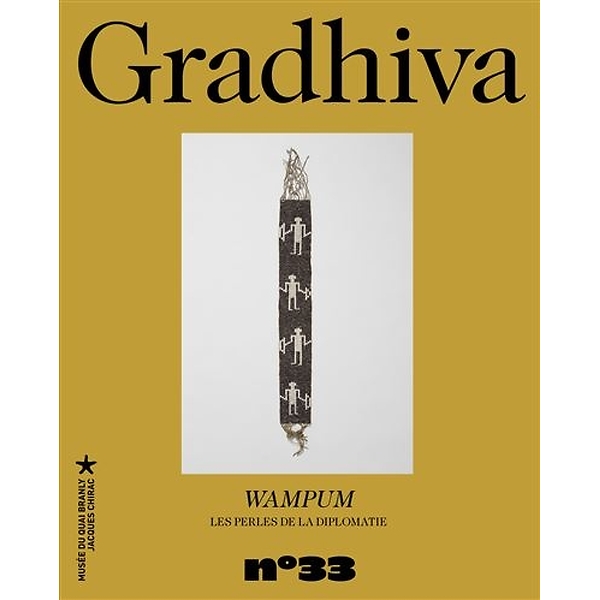Gradhiva N° 33: Wampum: the pearls of diplomacy
Musée du quai Branly - Jacques Chirac
Description
Around the very beginning of the 17th century in Northeast America, as France expanded its colonial hold in the region, small cylindrical shell beads, wampum - or "porcelain" to the French - began to be used as objects of exchange between Native Americans and Europeans. Among Native nations, wampum had a well-established social and political use, often adorning prestige objects. Some Iroquoian nations made woven necklaces and strings of beads that served to materialize the word given. In a world of orality where the written word had no place yet, European nations followed native protocols and adopted these "talking beads" to negotiate alliances and treaties. Thus begins a story that spans more than four centuries, during which the meanings and values of wampum evolve with the political and cultural upheavals that affect the region and undermine Amerindian autonomy.
Product information
- Technical specification
Weight : 634 g
- Dimensions
- 20 x 27
- Number of Pages
- 160
- EAN
- 9782357441330

